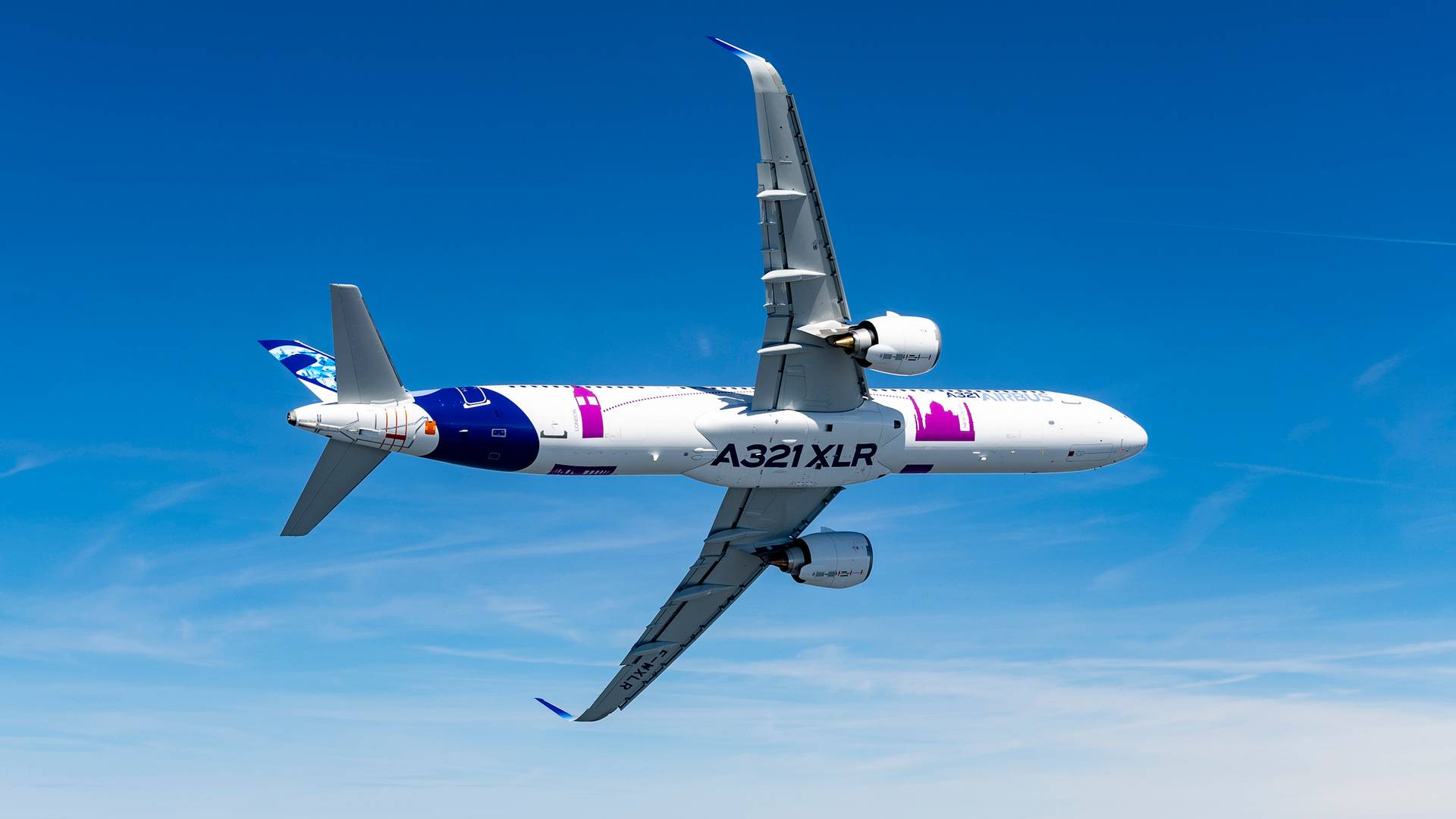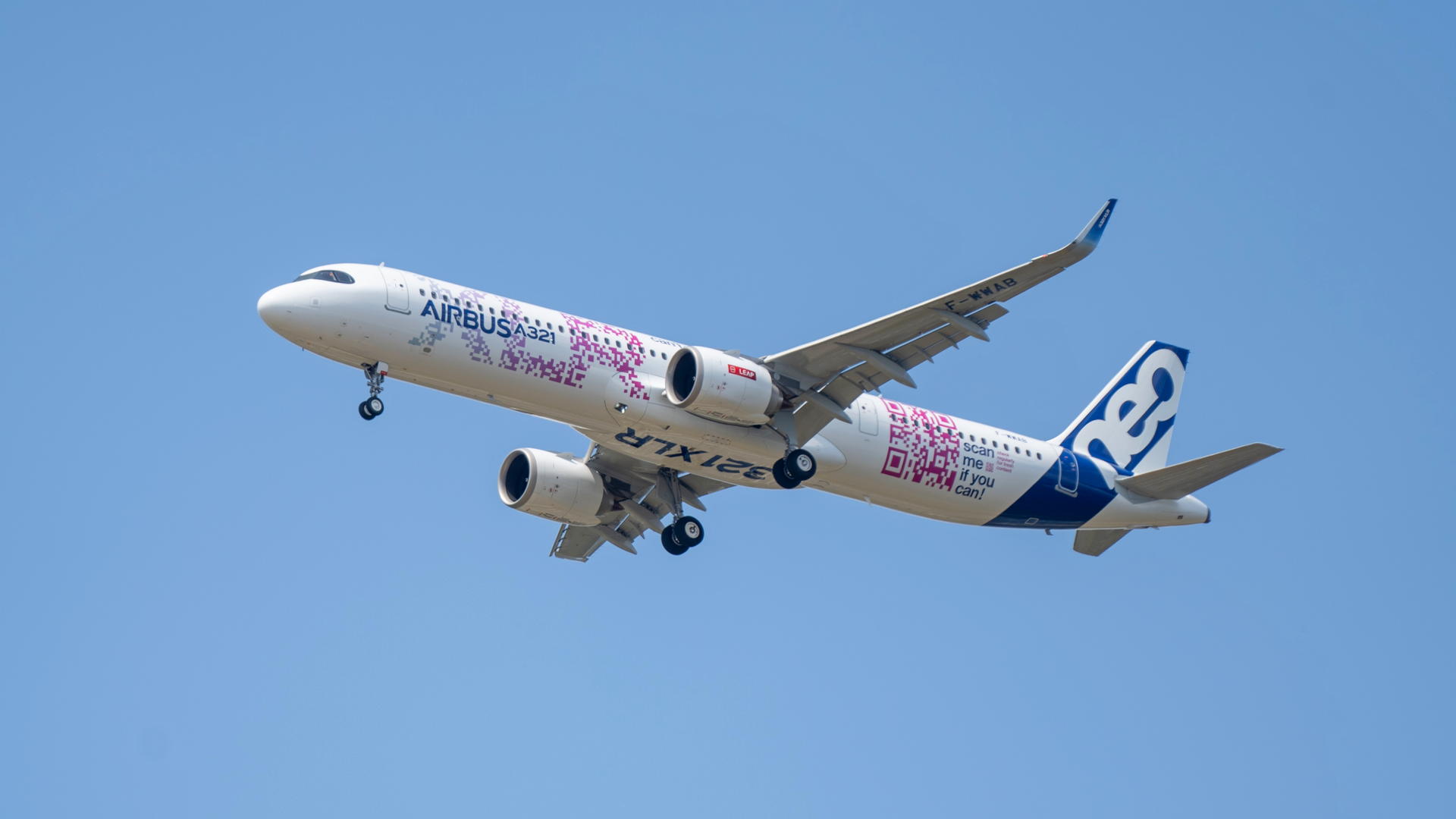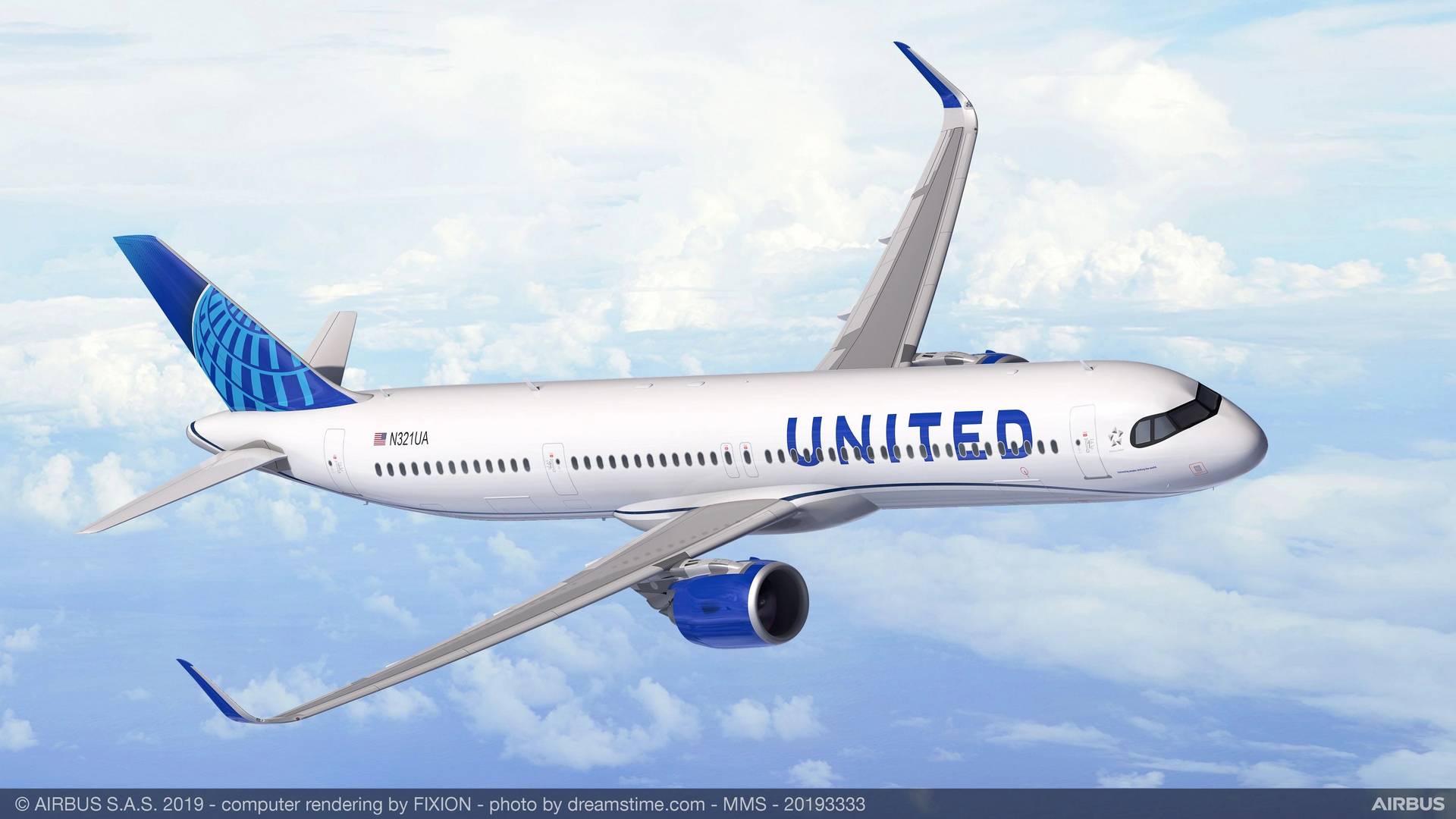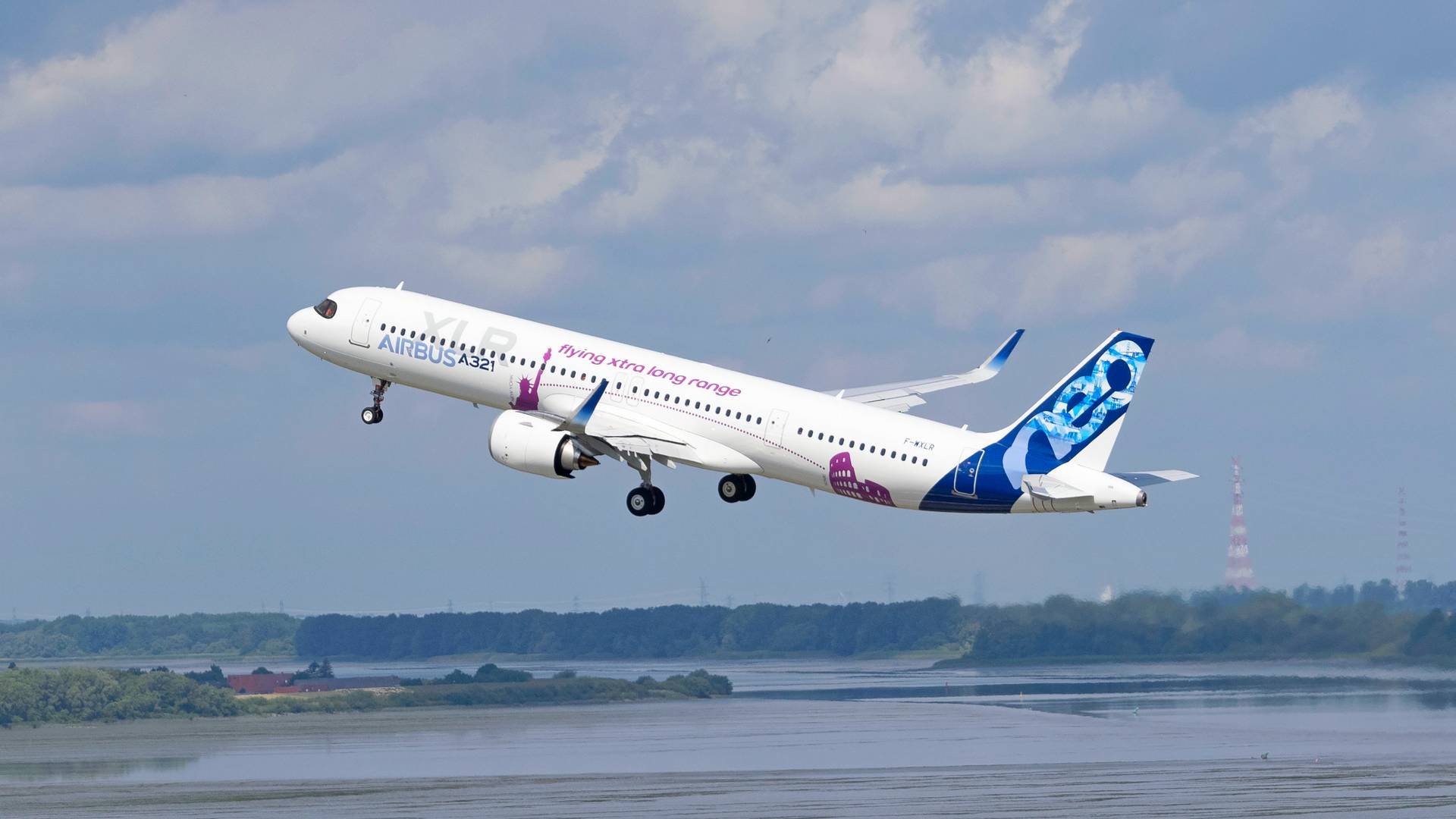It’s common for service entry dates to get pushed back as they come closer, but Airbus reports no such last-minute changes for its A321XLR.
Last week Airbus released its financial results for this year’s first quarter. Overall, the manufacturer had a better start in 2024 than in 2023. Last year, supply chain issues made for a worryingly slow start.

Some suppliers continued having such issues later in 2023 but at a smaller scale. This year, Airbus delivered 142 aircraft (up from 127 in Q1 2023) and registered new orders for 170 jets (Q1 2023: 156). The European manufacturer still has the same target for 2024 deliveries: 800 aircraft.
And the other target that Airbus reports no change on, is the certification and service entry date of the A321XLR. The manufacturer expects its airline customers to put the first of these jets into service in the third quarter of this year.

Airbus A321XLR Service Entry and Role
When it enters service the Airbus A321XLR will allow airlines to fly eXtra-Long Routes (XLR, get it?) The aircraft has a range of 4,700 nautical miles, as opposed to the 4,000 nautical-mile range of an A321LR or the 3,500 nautical-mile range of a “normal” A321neo.
In order to achieve this service range, Airbus is building the A321XLR with a new type of center fuel tank that is integral to the fuselage. That’s as opposed to existing additional fuel tanks, that take up room in the cargo hold.

The new tank will hold four times the fuel of a regular, removable tank, but only adds the weight of one such tank. Airbus has increased the maximum take-off weight of the A321XLR, to allow it to carry the weight of the fuel it needs in long-haul service.
Other modifications (flaps) save more weight and are options for other A321neos, too. Operationally, the airlines operating the aircraft will use a less dense layout, which may not be ideal for their shorter routes.

Some Worries?
But maintenance, training (for air crews and engineers), and spares are common with other A320-family aircraft, easing its operational use. In total, Airbus has orders for 550 A321XLRs. And previously, there were some worries that the service entry date of the new A321neo variant could slip, due to certification issues.
This is because of the new variant’s main party trick: that new fuel tank. Airbus had to reinforce the structure around the tank, enlarging, strengthening, and lengthening the fairing under the wingbox and landing gear.

This added a bit of weight. But Airbus reported that the necessary changes won’t impact the service range of the A321XLR. However, the modifications did push back its projected service entry date by about half a year. So the lack of further delays is good news.
The aviation industry is evolving, with some long-haul routes often relying on cargo revenue, to remain profitable. But with cargo rates now dropping, there will be plenty of routes where a smaller but efficient aircraft will be key in an airline’s arsenal.



